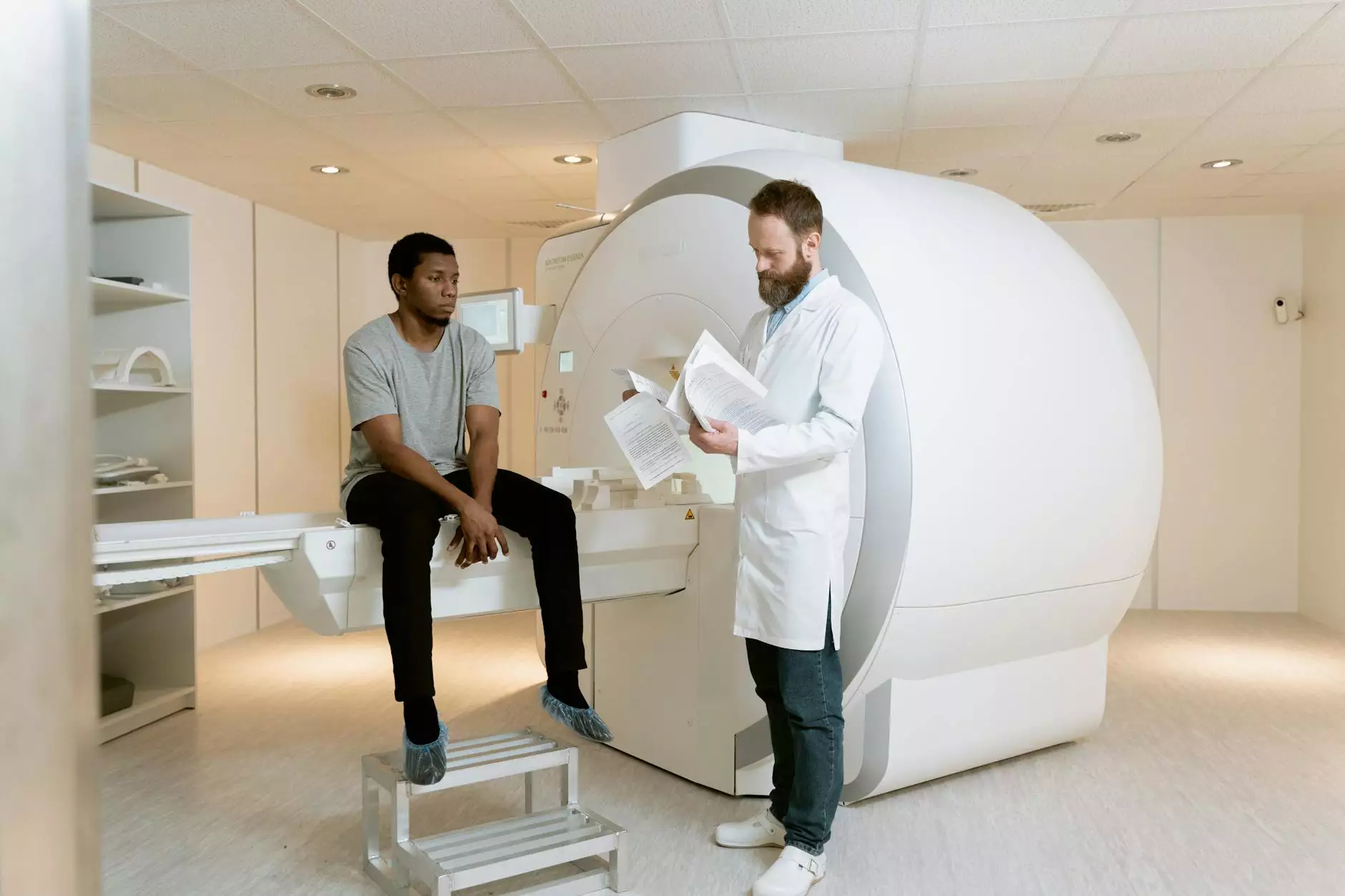The Comprehensive Guide to the Risks of Hysterectomy Surgery

Hysterectomy surgery, the removal of the uterus, is a procedure often recommended for various medical conditions, including fibroids, endometriosis, and cancer. While it can provide significant relief from symptoms and improve quality of life, it is not without its complications. In this article, we will delve deep into the risks of hysterectomy surgery, examining short-term and long-term effects, and providing readers with valuable information to make informed decisions regarding their health.
Understanding Hysterectomy Surgery
A hysterectomy can be performed through several techniques: abdominal hysterectomy, vaginal hysterectomy, or laparoscopic hysterectomy. Each method has its specific indications, advantages, and disadvantages. Understanding these can help patients discuss and weigh the options with their healthcare providers.
Types of Hysterectomy
- Abdominal Hysterectomy: The uterus is removed through an incision in the lower abdomen.
- Vaginal Hysterectomy: The uterus is removed through the vagina, which typically results in a quicker recovery time.
- Laparoscopic Hysterectomy: A minimally invasive approach using small incisions and a camera to guide the procedure.
- Radical Hysterectomy: Involves removing the uterus, surrounding tissues, and sometimes part of the vagina, typically performed in cases of cancer.
Common Reasons for Hysterectomy
Women may be advised to undergo a hysterectomy for several reasons:
- Uterine Fibroids: Non-cancerous growths that can cause pain and heavy bleeding.
- Endometriosis: A painful condition where tissue similar to the lining inside the uterus grows outside it.
- Uterine Prolapse: A condition where the uterus falls into the vaginal canal due to weakness of the pelvic floor.
- Cancer: Removal of the uterus may be necessary in cases of uterine or cervical cancer.
Exploring the Risks of Hysterectomy Surgery
As with any surgical procedure, a hysterectomy carries inherent risks. While many women experience positive outcomes, it’s crucial to be aware of the potential complications associated with the surgery. Below, we explore both short-term and long-term risks in detail.
Short-Term Risks
Immediately following a hysterectomy, patients may be at risk for several complications:
- Infection: Surgical site infections can occur, necessitating antibiotics or further treatment.
- Excessive Bleeding: Hemorrhaging during or after the surgery can lead to significant complications and may require blood transfusions.
- Reactions to Anesthesia: Some patients may experience allergic reactions or other adverse effects related to anesthesia.
- Blood Clots: Post-surgical immobility can increase the risk of developing blood clots in the legs (deep vein thrombosis), which can travel to the lungs (pulmonary embolism).
- Organ Injury: There is a risk of damage to surrounding organs, including the bladder, ureters, or intestines, during the surgical procedure.
Long-Term Risks
Understanding the long-term consequences of a hysterectomy is essential for women contemplating the surgery. The risks include:
- Hormonal Changes: If the ovaries are removed (oophorectomy), women will experience sudden menopause, leading to symptoms such as hot flashes, mood swings, and increased risk for osteoporosis and heart disease.
- Emotional Effects: Some women report feelings of loss and identity crisis post-hysterectomy, especially if they associate their reproductive organs with femininity and motherhood.
- Pelvic Floor Disorders: Reduced support for pelvic organs can lead to issues such as incontinence or further prolapse of other pelvic organs.
- Changes in Libido: Some women may experience alterations in sexual desire and response post-surgery, particularly if the ovaries are removed.
- Long-Term Pain: Certain women may experience ongoing pelvic pain, possibly due to nerve damage during surgery or scarring.
Assessing Individual Risks Before Surgery
Before undergoing a hysterectomy, it is crucial for patients to have an open discussion with their healthcare provider about the respective risks and how they apply to their individual health circumstances. Factors that can influence risks include:
- Age: Older women may face different risks compared to younger women.
- Overall Health: Pre-existing conditions, such as obesity or diabetes, can increase surgical risks.
- History of Surgery: Previous surgeries can impact the complexity of the procedure and subsequent recovery.
Making an Informed Decision
It is essential for women to weigh the potential benefits of a hysterectomy against the potential risks of hysterectomy surgery. Here are some key points to consider:
- Discuss Alternatives: Many conditions that lead to a hysterectomy can also be treated with medications, lifestyle changes, or less invasive procedures.
- Seek a Second Opinion: Consulting another healthcare professional can provide additional insights and options.
- Understand the Recovery Process: A clear understanding of post-operative care will help set realistic expectations for recovery.
- Support Systems: Engaging with friends, family, or support groups can help navigate emotional aspects post-surgery.
Recovery After Hysterectomy Surgery
Recovery from a hysterectomy varies based on the technique used and individual health factors. Generally, patients can expect the following during the recovery period:
- Hospital Stay: Most women stay in the hospital for 1 to 2 days depending on the type of hysterectomy performed.
- Post-Operative Care: Pain management, wound care, and monitoring for any signs of complications are essential.
- Activity Restrictions: Patients are usually advised to avoid strenuous activities and heavy lifting for several weeks.
- Follow-Up Appointments: Regular follow-ups with the healthcare provider are critical to ensure proper healing.
Conclusion
While a hysterectomy can offer significant relief from various gynecological conditions, understanding the risks of hysterectomy surgery is paramount in making an informed decision. Women must discuss all options with their healthcare providers and take time to consider the potential benefits against the risks involved. After all, informed choices lead to better outcomes and enhanced quality of life.
For more detailed information, consider visiting Dr. Seckin's website, where you can find resources and support related to gynecological health.









